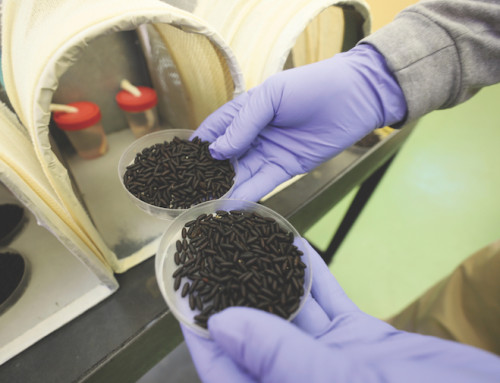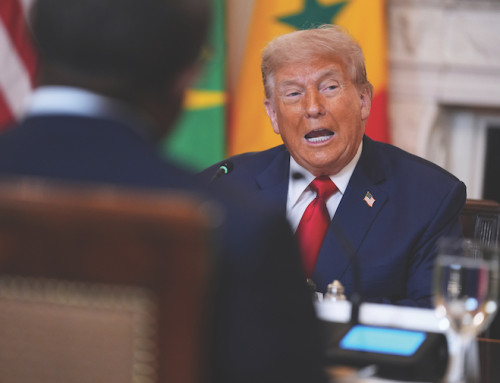WASHINGTON (AP) — JPMorgan’s profit fell to $15 billion in second quarter, but the New York bank beat Wall Street expectations.
CEO Jamie Dimon earlier this week touted another strong performance by the bank, particularly its markets division, at which revenue rose by 15 percent to $8.9 billion.
JPMorgan earned an adjusted $5.24 per share in the period, beating the $4.48 analysts were calling for but down from last year’s $6.12 per share. Excluding the one-time items, JPMorgan earned $4.96 per share in the period.
The bank’s profit was off from the same period a year ago, largely because JPMorgan cashed in $7.9 billion worth of its holdings in Visa in last year’s second quarter.
Dimon said the nation’s economy remained resilient in the second quarter, highlighting tax reform and the potential for more deregulation.
He also noted, however, that plenty of risks remain, including trade uncertainty, geopolitical conflicts and federal government deficits.
“The finalization of tax reform and potential deregulation are positive for the economic outlook, however, significant risks persist — including from tariffs and trade uncertainty, worsening geopolitical conditions, high fiscal deficits and elevated asset prices,” Dimon said in prepared remarks.
Dimon often weighs in on global and economic issues that go beyond the scope of banking. He’s seen as the banker that Washington and global leaders can turn to for advice, solicited or unsolicited. His comments tend to reverberate through Washington and Corporate America.
JPMorgan’s net interest income, the difference between the interest the bank takes in on its loan portfolio and the interest in pays out on customer deposits, rose 2 percent to $23.3 billion. That was slightly below expectations.
The country’s biggest banks have benefited from higher interest rates for the last two years, but many analysts were expecting the Federal Reserve to cut its benchmark lending rate up to two times this year, which would generally be expected to ding the banks’ bottom line.
Last month, all the major banks passed the Federal Reserve’s annual “stress tests” of the financial system.








